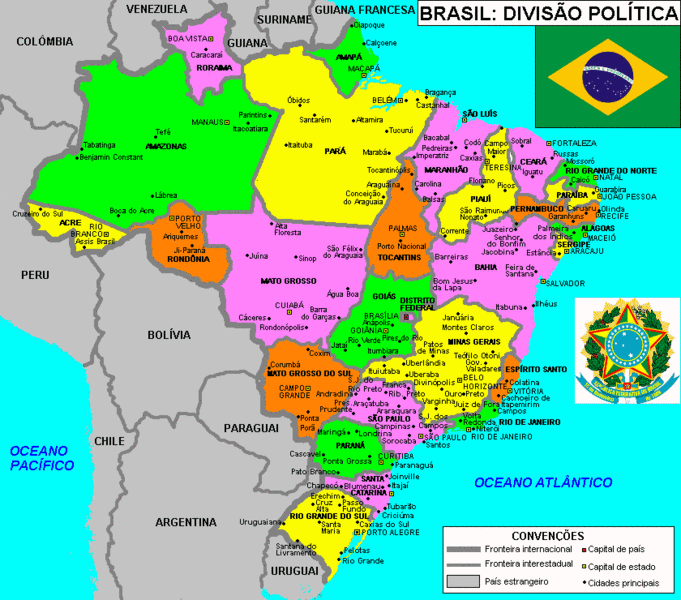Brazil has reported dramatically more dengue fever cases year after year in the Western hemisphere, most recently about 1.6 million cases last year and some 1.4 million cases in 2013.

This has changed little early in 2016 as Brazil has reported 224,000 dengue cases in the first approximately two months of this year. This accounts for 61 percent of all cases reported in the Americas to date (364,000).
In addition, Brazil has seen one-third of the 152 dengue related deaths to date in 2016.
Following Brazil in cases are Paraguay (51000), which has already equaled 2015’s total, Colombia (24000), and Argentina with 19000.
In addition, the Pan American Health Organization (PAHO) puts the number of Zika virus cases at 180,000 and chikungunya cases at 30,000 in the Americas in their most recent reports.
The World Health Organization says dengue is transmitted by the bite of a mosquito infected with one of the four dengue virus serotypes. It is a febrile illness that affects infants, young children and adults with symptoms appearing 3-14 days after the infective bite.
Dengue is not transmitted directly from person-to-person and symptoms range from mild fever, to incapacitating high fever, with severe headache, pain behind the eyes, muscle and joint pain, and rash. There is no vaccine or any specific medicine to treat dengue. People who have dengue fever should rest, drink plenty of fluids and reduce the fever using paracetamol or see a doctor.
Severe dengue (also known as dengue hemorrhagic fever) is characterized by fever, abdominal pain, persistent vomiting, bleeding and breathing difficulty and is a potentially lethal complication, affecting mainly children. Early clinical diagnosis and careful clinical management by trained physicians and nurses increase survival of patients.
Related:

